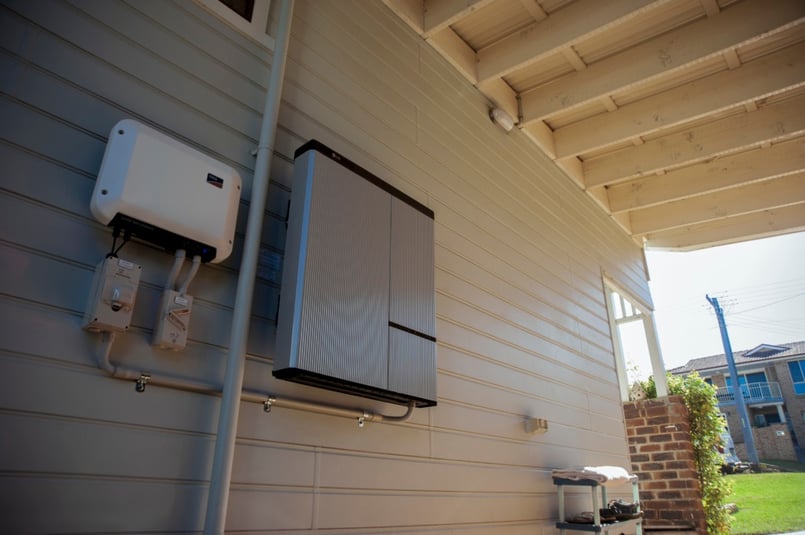Four things to make the perfect solar battery choice

How much storage do you need? Here is some practical advice if you are struggling to choose the right solar battery.
First some basics about a solar battery!
Batteries (or electricity storage if you want to be more formal), have two key parameters: 'power' and 'energy'. To use a car analogy, 'power' lets you drag off teenagers at the traffic lights. 'Energy' is the fuel in your tank that makes sure you can stay ahead of them! Energy tends to be more expensive than power with batteries.
1. Let's start with power.
Generally speaking you should size the power of your battery similar to your solar panels. You should make sure your battery has enough power capacity to suck in your solar generation - otherwise it won't keep up and solar is dumped into the grid. So as a rough guide, if you have a 5kW solar system, a 5kW battery is required. Some people can get away with less power if they are confident the house is going to be consuming some of the solar directly. For example, if your house always uses one kilowatt to feed standby devices then you could reduce the power of your battery to 4kW.
2. Next let's talk energy.
It feels good to never let your solar go to the grid (unless a electricity company has bought it from you at a good price). But this means you need to size your battery for the summer peak in solar generation. You will then struggle to fill the battery in winter- unless of course you stop heating your house and showering - unlikely to make you popular with the family.
Conversely if you size your battery for winter, your battery will fill about morning tea-time in summer. For the rest of the day you will be hopping mad as you see all your hard-won electricity going into someone else's pocket.
It comes down to what you hate most - a battery that's not full, or giving someone your solar energy. If you're unsure, why not pick the middle and size it for spring? Everyone likes spring.
3. Doing the maths.
Here's our advice for sizing the energy capacity of your battery. First go to the excellent solar calculator produced by the National Renewable Energy Laboratory pvwatts.nrel.gov. Enter your location, solar size, and decide which season you would like to size your battery for. The calculator gives your solar generation per month. I want to go for the spring compromise.
For my 4kW solar system, it tells me I will generate 500kWh in September (spring in my home town of Canberra, Australia). Divide this by the number of days in the month which gives me 16kWh of solar produced per average September day.
I work during the day so can probably only use about 6kWh feeding my 1kW of standby equipment, leaving me with 10kWh to put in my battery. When selecting my energy requirement I am looking for at least 10kWh of useable energy. The 'useable' is important - for many batteries it's not advisable to use the full storage capacity so you need to take that into account.
4. The bottom line.
For a lot of people it comes down to how much you can afford. Many systems are modular and this gives you the opportunity to start smaller and add as you go.

